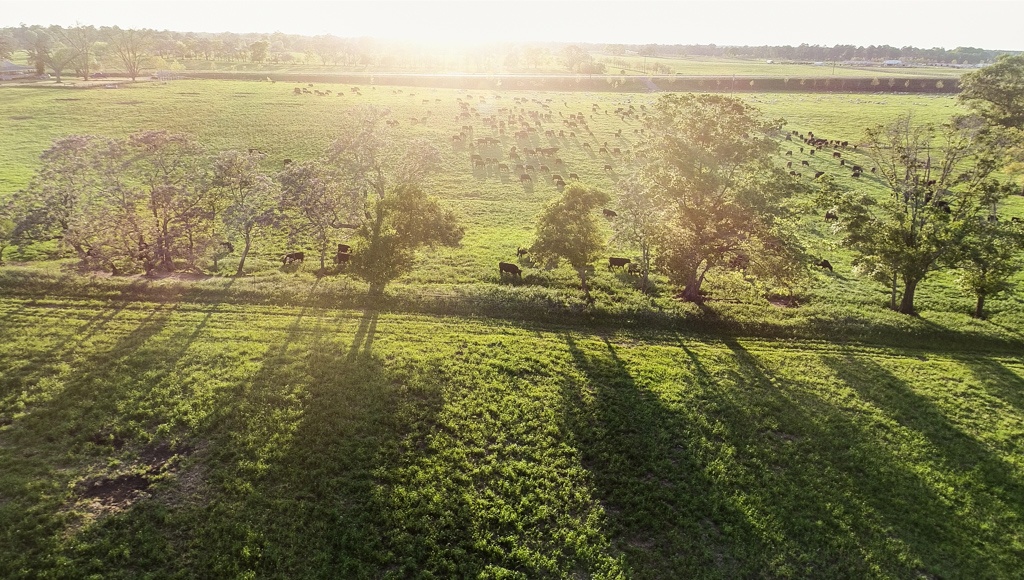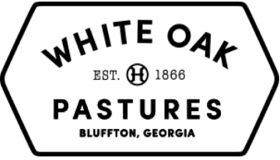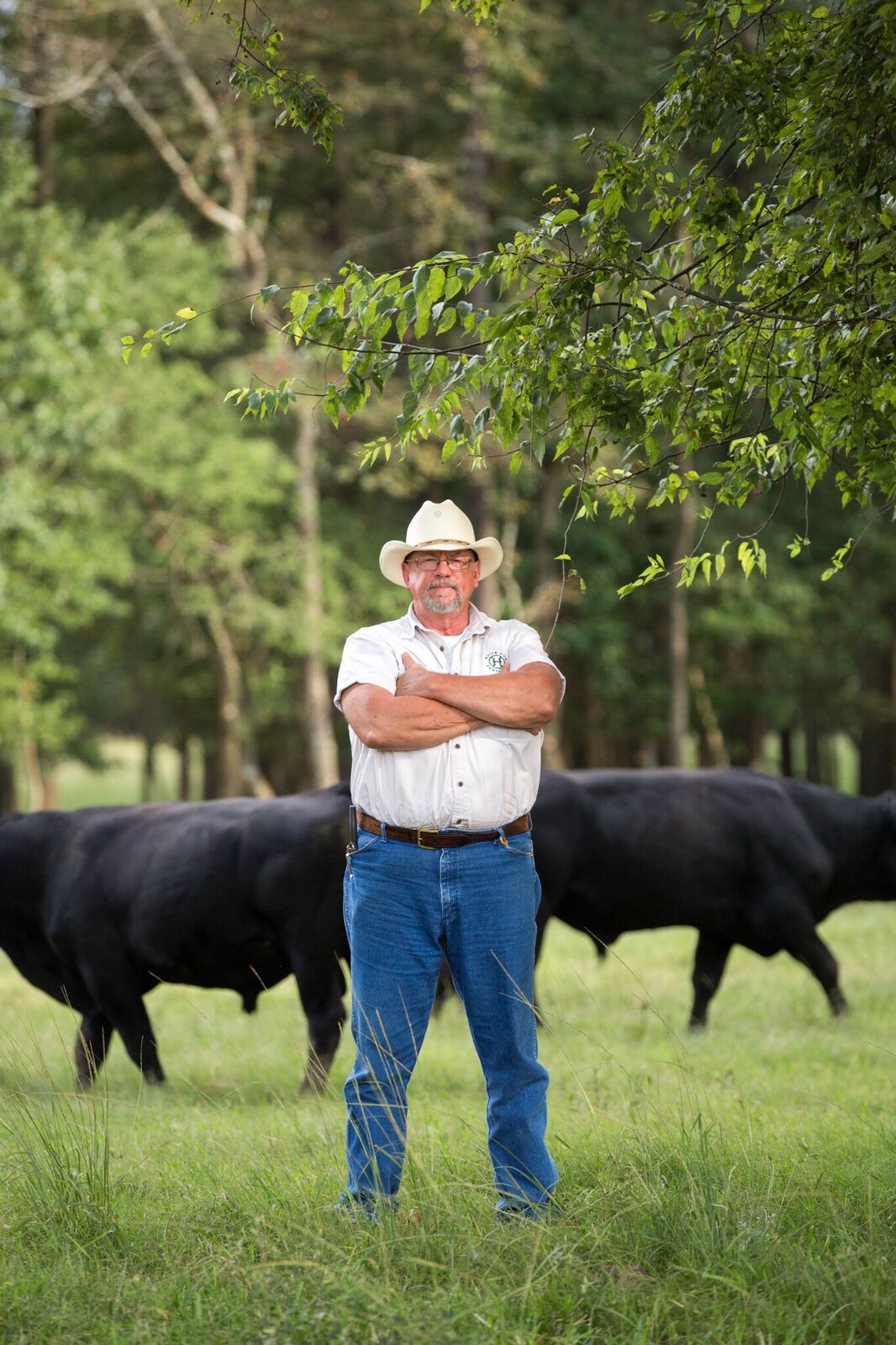
Will Harris shares how he evolved from the principles of grazing he was taught at the University of Georgia in the 1970’s, to the holistic management platform he so strongly adheres to and endorses today. Planned grazing is one of the integral components of holistic management that helps generate the benefits of regenerative farming.
“Planned grazing is such a big topic that it’s hard to know where to start, but I’ll just start”, says Will Harris, founder and leader of White Oak Pastures.
What I learned about land maximization in college was that you wanted to graze grass when it was very young and tender because that is when you get the maximum per-day weight gain from the cattle. Today, I don’t think that’s right. We take a holistic approach. We think about the cow, we think about the land, we think about the people, and we think about being all-inclusive instead of just focusing on the per-day gain of that cow. The per-day gain is important, but that’s just not all there is to it.
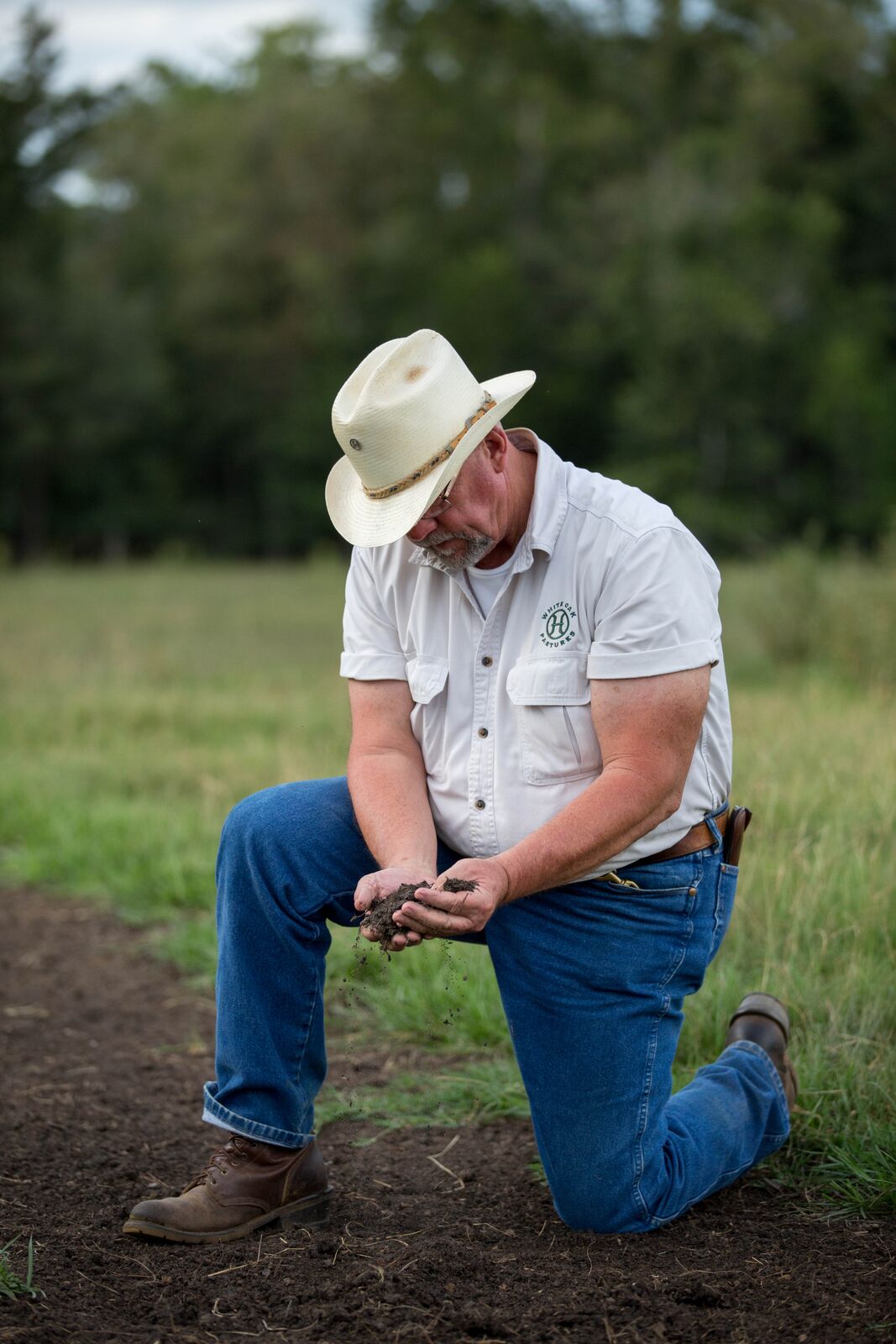
Holistic management changed the way I looked at land. When I was fifty years old, I looked at the land as just kind of the medium that held the seed out so it could catch the rain and the sun. I don’t look at it like that anymore. Now I look at it as a system/cycle.
There is a lot of symbiosis in nature. What we do here is an imitation of nature. We call it biomimicry. It’s an effort to maximize symbiosis and there are many examples of how we try to do that.
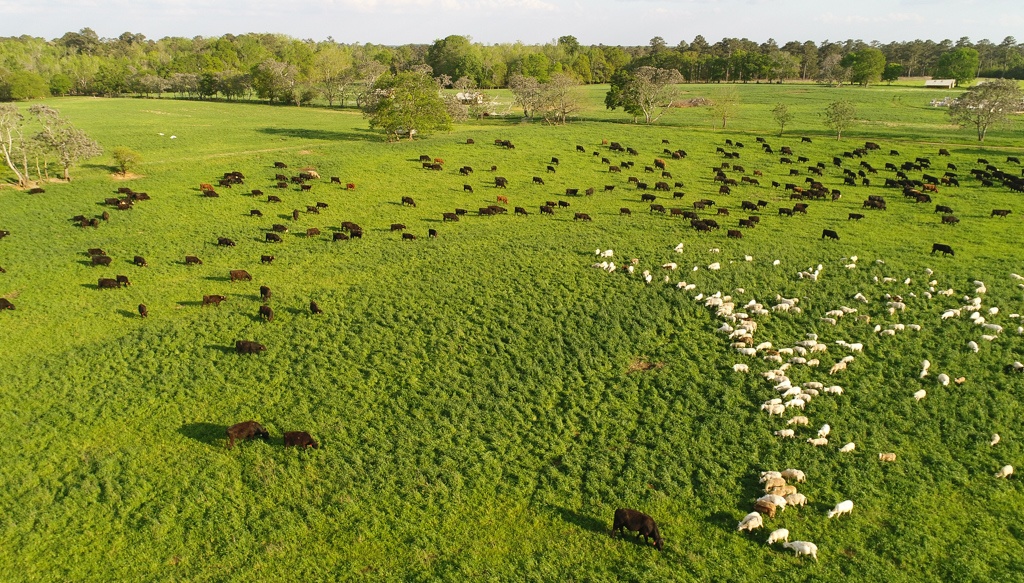
Planned grazing is highly situational. It varies, depending on whether you are grazing annuals or perennials. It varies if it’s warm season or cool season. It varies if it’s raining or dry weather. So it requires a lot of experience, and you gotta understand that it is never gonna be perfect.
People ask on what scale you need to operate. Don’t matter. It could be real small or it could be real big, but it’s all got to fit together. If it doesn’t fit together, it will fall apart. If it’s a one-cow scale or a 1000 cow-scale... it don’t matter.
